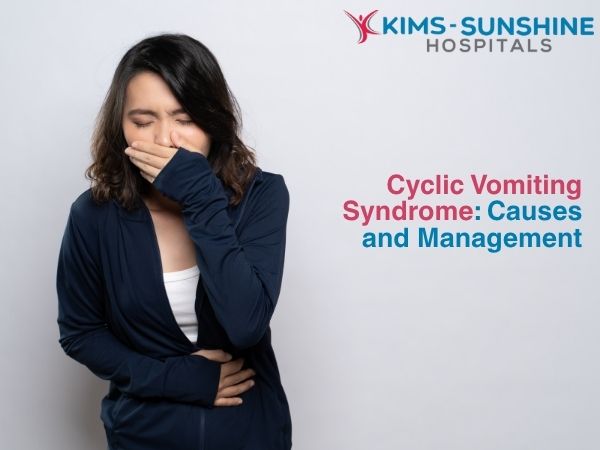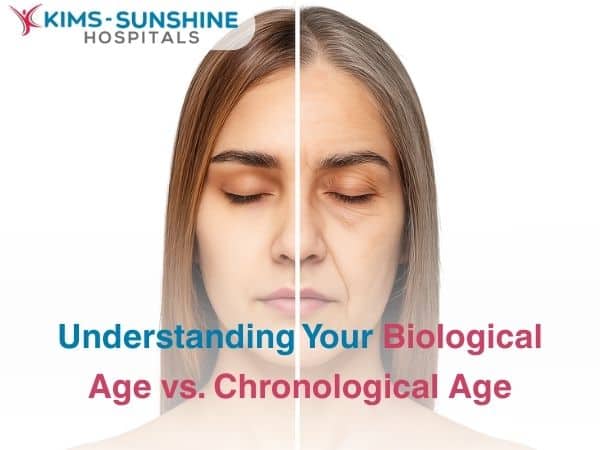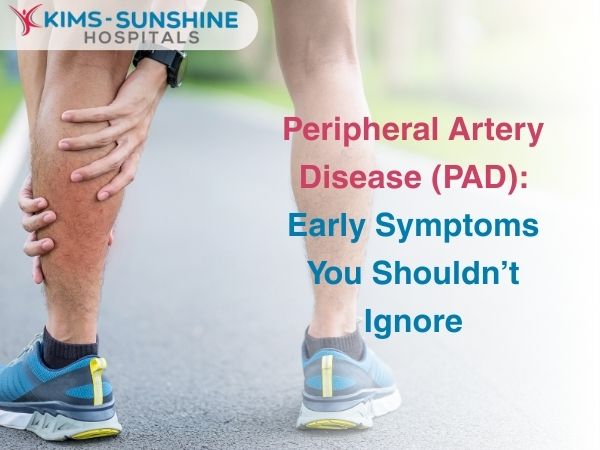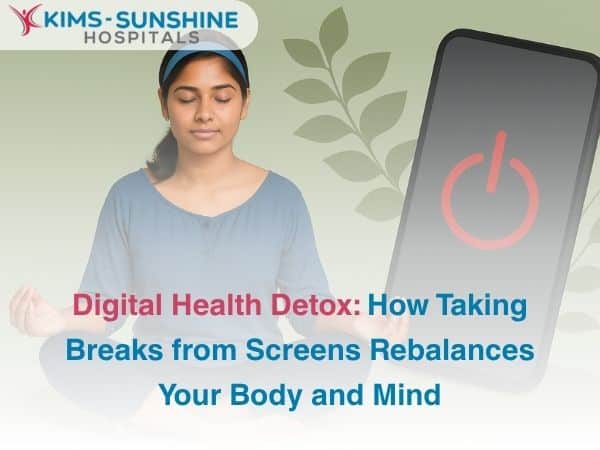
Cyclic Vomiting Syndrome: Causes and Management
 Cyclic Vomiting Syndrome (CVS) is a medical condition that normally affects young children, though the symptoms can begin much later, during adulthood. The exact reason as to why this happens is not well known, but some triggers have been studied in detail. It starts off as an episodic event where the affected individual begins to vomit, at the same time everyday and this may continue for a few hours or even days. This can lead to dehydration and subsequent exhaustion. It is most often diagnosed between the ages of 2-7 yrs in children, though cases these days show that even adults are not spared.
Cyclic Vomiting Syndrome (CVS) is a medical condition that normally affects young children, though the symptoms can begin much later, during adulthood. The exact reason as to why this happens is not well known, but some triggers have been studied in detail. It starts off as an episodic event where the affected individual begins to vomit, at the same time everyday and this may continue for a few hours or even days. This can lead to dehydration and subsequent exhaustion. It is most often diagnosed between the ages of 2-7 yrs in children, though cases these days show that even adults are not spared.
What Causes Cyclic Vomiting Syndrome In Adults And Children?
Studies have shown that there is a genetic component to this condition, and that it can be inherited. But otherwise, CVS is found to affect people who have issues with digestion, if there is some neuronal problem in the gut or if they are exposed to certain triggers like stress, infections, certain foods and not getting enough sleep.
Early Warning Signs Of Cyclic Vomiting Syndrome
Some of the signs you need to watch out for are as follows-
- If the child or individual has a poor appetite and is feeling very nauseous, on a regular basis.
- If they have severe diarrhoea
- If they are sensitive to light
- If they gag often
- If they seem completely normal between episodes of CVS
It can be classified as CVS if the person has 3 or more consecutive cycles of vomiting, with nausea, if it starts at the same time everyday. But getting a proper diagnosis can be hard, as vomiting is a pretty common symptom caused by many conditions.
Foods To Avoid If You Have Cyclic Vomiting Syndrome
Some foods which can be major triggers include having those which contain caffeine, any ingredients you may be allergic to – like lactose, gluten, seafood, shellfish or foods that have MSG have been known to cause symptoms in people with CVS.
Clear triggers can mean you know you may have an episode soon- like headaches or anxiety (prodromal phase), followed by the phase where you vomit and lastly, it is the recovery phase where you stop puking and begin to feel better. This is why CVS can be divided into phases. The best medications for managing cyclic vomiting syndrome include using anti-emetics or drugs which don’t allow you to vomit. Some examples include ondansetron for nausea, sumatriptan for headaches, lorazepam for anxiety, which are good in the prodromal phase, for prevention. If you do end up vomiting after all that, then you just need to rest and have plenty of fluids so you don’t get dehydrated.
Conclusion
The difference between cyclic vomiting syndrome and food poisoning is that the latter is caused due to some form of bacterium or parasite or spoilt food that you may have ingested. This means your symptoms will go away once the toxin has left your system. But, with CVS, you can begin to vomit at the same time everyday, for a few days or a week and it may be due to a physical or mental trigger. It also stops for some time and once the trigger is back in some form, you get symptomatic too. With CVS, doctors also try to help you out with the side effects- like dehydration, ensuring your stomach acid content is not too high and that your tooth enamel does not get corroded too much.






